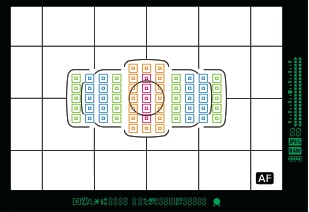Follow us:
More on Canon’s light-leaking issue
The possible light-leaking issue of the EOS 5D Mark III is making people curios. And while it is true that if your cam is working as expected (and as it should) with mounted lenses there is no “real issue”, it is still worth to trace down this thing. Let’s see it from a hacker’s perspective: it is not a problem you should be worried about, nevertheless I want to know if it is there. And then: is the 5D Mark III the only canon digital body that is (possibly) affected by the light-leaking issue I reported in my previous post? At canonrumors they decided to test all the Canon bodies they have in stock. Results in short…:
- EOS 60D no issue
- EOS 7D no issue
- EOS 1D Mark IV – some issues and no backlight issue on one body, no issues on another body
- EOS 5D Mark II – same issue in direct sunlight, no LCD backlight issue, no flashlight issue
- EOS 5D Mark III – reported issues confirmed, but then… (quoting CR):
- «The final test I did with the 5D Mark III was take the lens cap off and meter off a relatively neutral wall. I turned on the backlight and nothing changed. I then pressed a 130 lumen flashlight up against the top LCD and the exposure didn’t change. I also ran the flashlight around the camera body and absolutely nothing changed»


